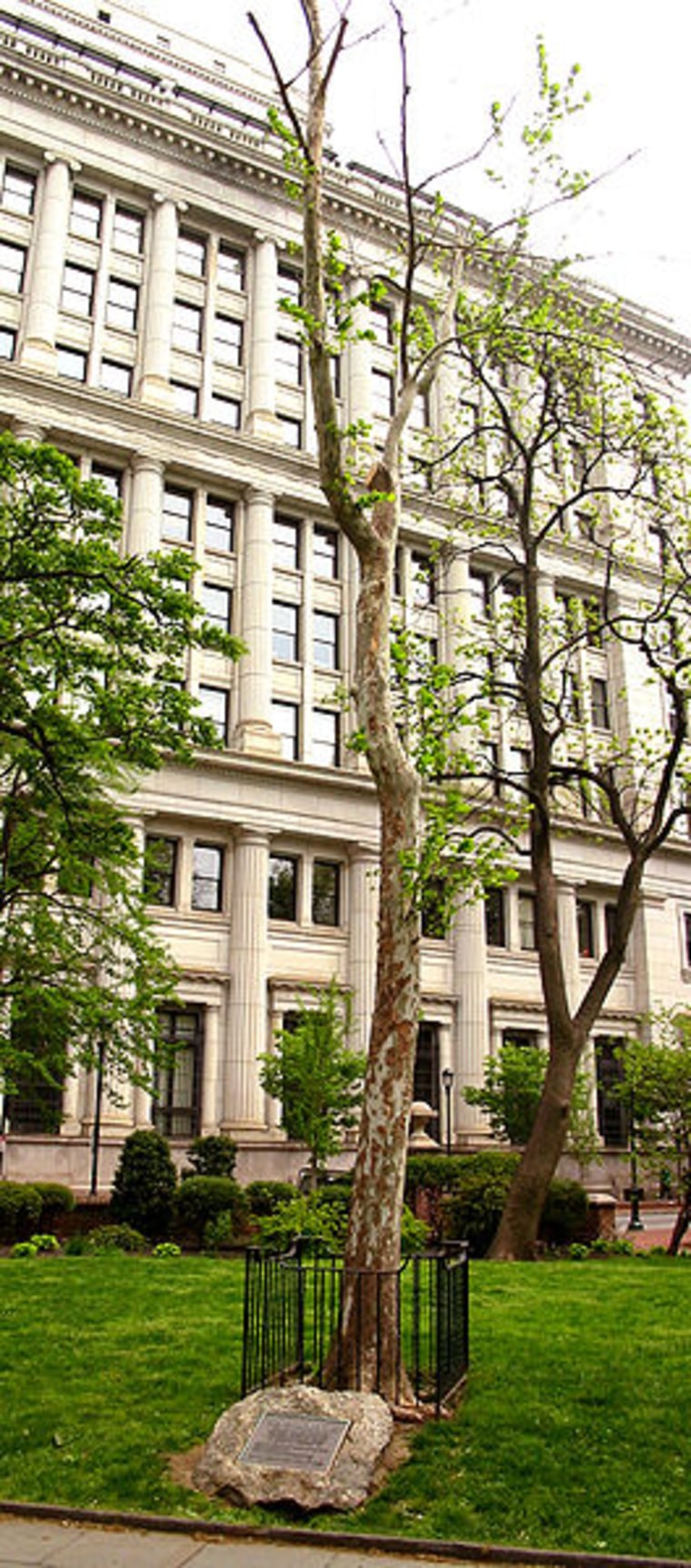Hundreds of space travelers are living in the United States, but no one knows where most of them are. There could be one in your town right now!
The space voyagers aren't intergalactic invaders, but trees grown from seeds taken into space on Apollo 14 by astronaut Stuart Roosa. The seeds orbited the moon 34 times as Roosa piloted the command module.
The locations of more than 50 of the trees are known, but that leaves many more to be found.
"Hundreds of moon trees were distributed as seedlings, but we don't have systematic records showing where they all went." said Dave Williams of NASA's Goddard Space Flight Center in a NASA news release.
Williams took on the mission of finding the moon trees after a third-grade teacher, Joan Goble, sent him an email asking about a sign reading, “Moon Tree” near a tree at Camp Koch Girl Scout Camp in Cannelton, Ind.
"At the time, I had never heard of moon trees," Williams said, "The sign had a few clues, so I sent a message to the NASA history office and found more bits and pieces on the web.”
So far, Williams has tracked down trees in 22 states, Washington, D.C., and even Brazil. A website he set up lets people send him the whereabouts of moon trees. To verify their authenticity, he relies on commemorative plaques, newspaper clippings, and other historical documents.
The moon trees include redwood, loblolly pine, sycamore, Douglas fir and sweetgum. Many were raised in Forest Service nurseries and planted after 1975. The first was planted in Washington Square in Philadelphia to celebrate the bicentennial of the United States.
The trees were, “living symbols of our spectacular human and scientific achievements,” according to then-President Gerald Ford.
But the location of where each tree went was not recorded, and Williams worries that the trees may die or be cut down without knowledge of their lunar pedigree.
A dozen or more trees have died already, including a pine tree in New Orleans damaged by Hurricane Katrina, and the loblolly pine planted at the White House.
"I think when people are aware of the heritage of the trees, they usually take steps to preserve them," Williams said, "But sometimes people aren't aware. That's why we want to locate as many as we can soon.”
“We want to have a record that these trees are — or were — a part of these communities, before they're gone," Williams said.
